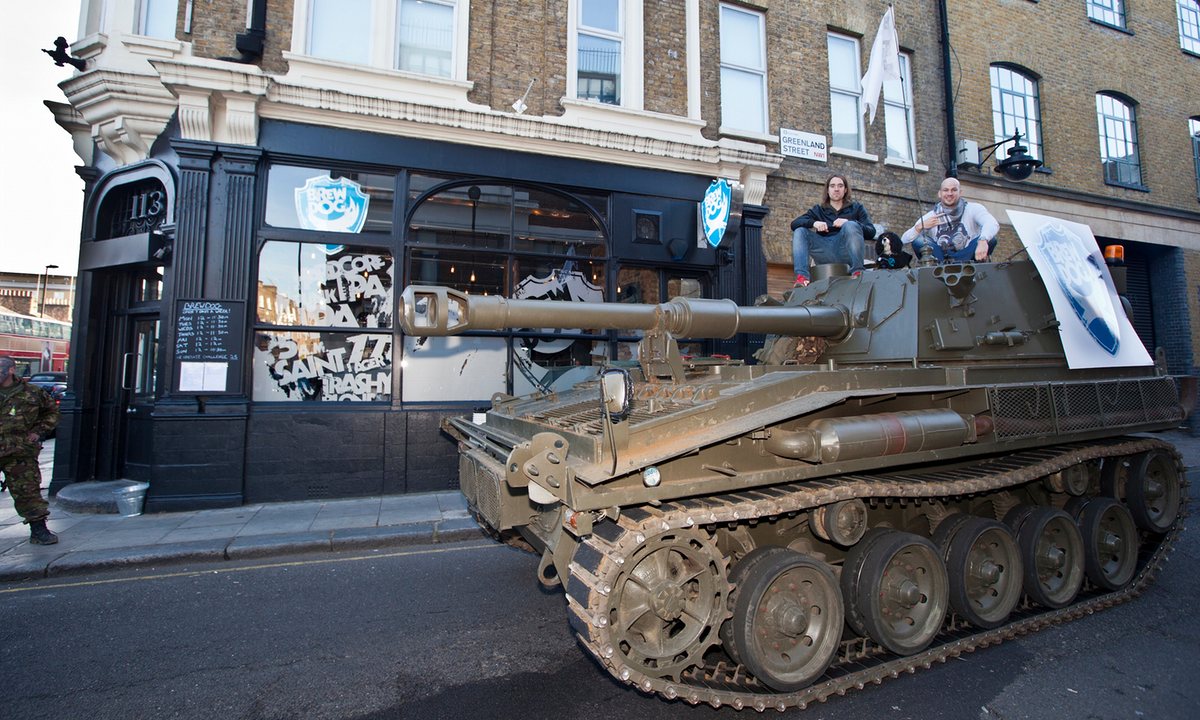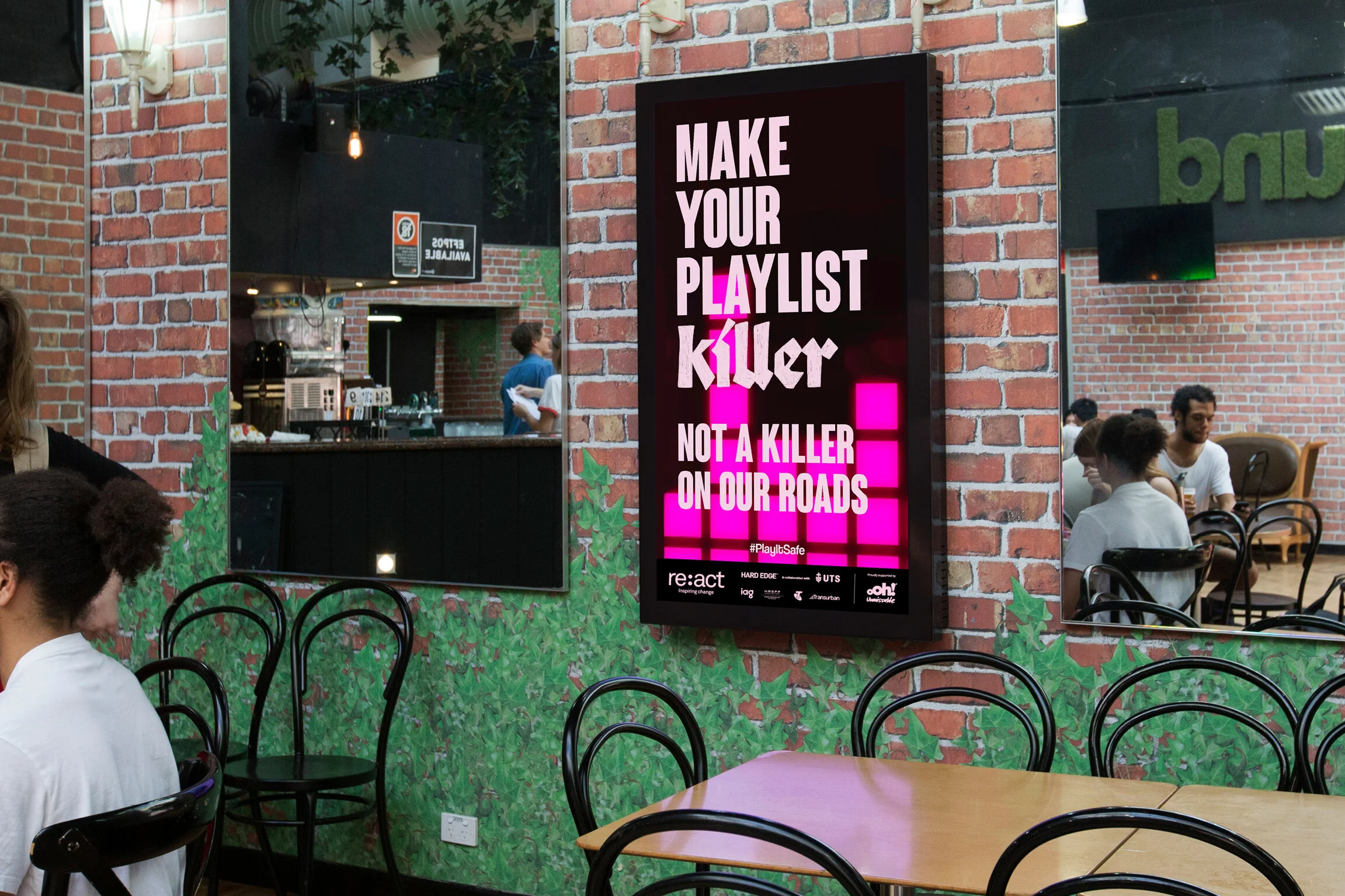Disruptive brands feel different for a reason. They break rules, they demand attention and, sometimes, change the way we live our lives. Here are three characteristics of some of the most successful disruptive brands.
Disruptive brands are risk takers
Disruptive brands are brave enough to be different and, in many ways, that’s why we love them. While there’s a very real risk of getting things wrong, when a disruptive brand is marketed successfully it can have extraordinary results.
One example is Scottish beer brewery BrewDog, the self-described “post-punk, apocalyptic, motherfucker of a craft brewery” that is breaking conventional rules and performing audacious marketing stunts along the way. Starting with a bank loan of just £30,000, BrewDog is entering the US market with a valuation of US$350m – and a story well worth the read.
Disruptive brands are good for customers and competition
Most industries are dominated by a few bigger brands and beneath them are tiers of increasingly smaller (but more numerous) competitors. The hierarchy is established over years and most changes occur when existing companies merge or acquire competitors.
Disruptive brands blow this balance out of the water. They upset the order of things and force long-established brands to adapt or die. The famous example is of course Uber, which challenged the taxi industry and completely disrupted what was long considered ‘normal’. Its technology, business model, UX and customer service broke the mould (and were scalable). Uber has forced the taxi industry to try to improve its competitiveness with better technology and an improved level of customer experience. While it seems unlikely to succeed, the traditional players have been forced to try. Disruption can be a powerful catalyst for change in any industry.
Disruptive brands have to work hard to stay on top
Successfully disrupting an industry can lead to huge success, but with that success comes an increase in logistics, administration and bureaucracy. More customers means more staff, more investment, bigger offices, increased procurement needs and more complicated reporting for shareholders.
Together, these responsibilities act as a natural dampener on innovation. Shareholders don’t like risk, and how can you disrupt a market when you’ve become the dominant player?
Yahoo was once the king of the internet and grew to become a US$140b Goliath in just five years. However a combination of factors, such the dot com crash, lack of innovation and poor internal decision making, meant Yahoo regressed. This opened the door for a superior disruptor – Google – to deliver a better solution, steal market share and, ultimately, dominate the world of search.
Improvement is inevitable in every industry sector. There will always be a company that finds a faster, more attractive, more efficient way of delivering an experience or outcome. The question is whether your brand is a disruptor or whether it’s sitting, waiting to be disrupted.
Header image source: http://littlegreatideas.com/photo/smashing/large-7.html
Hard Edge is a strategic marketing and creative agency for disruptive brands.
To learn more email or call us on +61 3 9245 9245.







